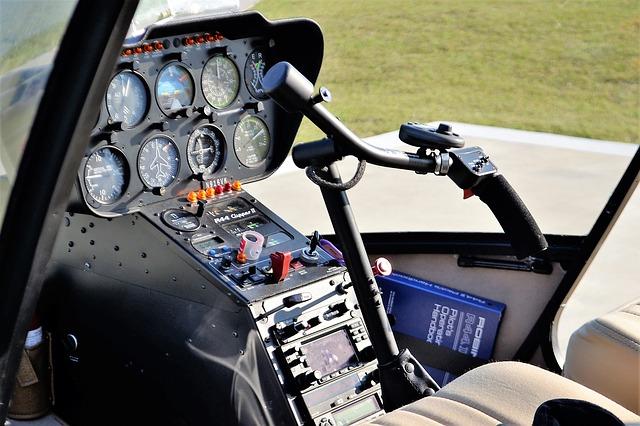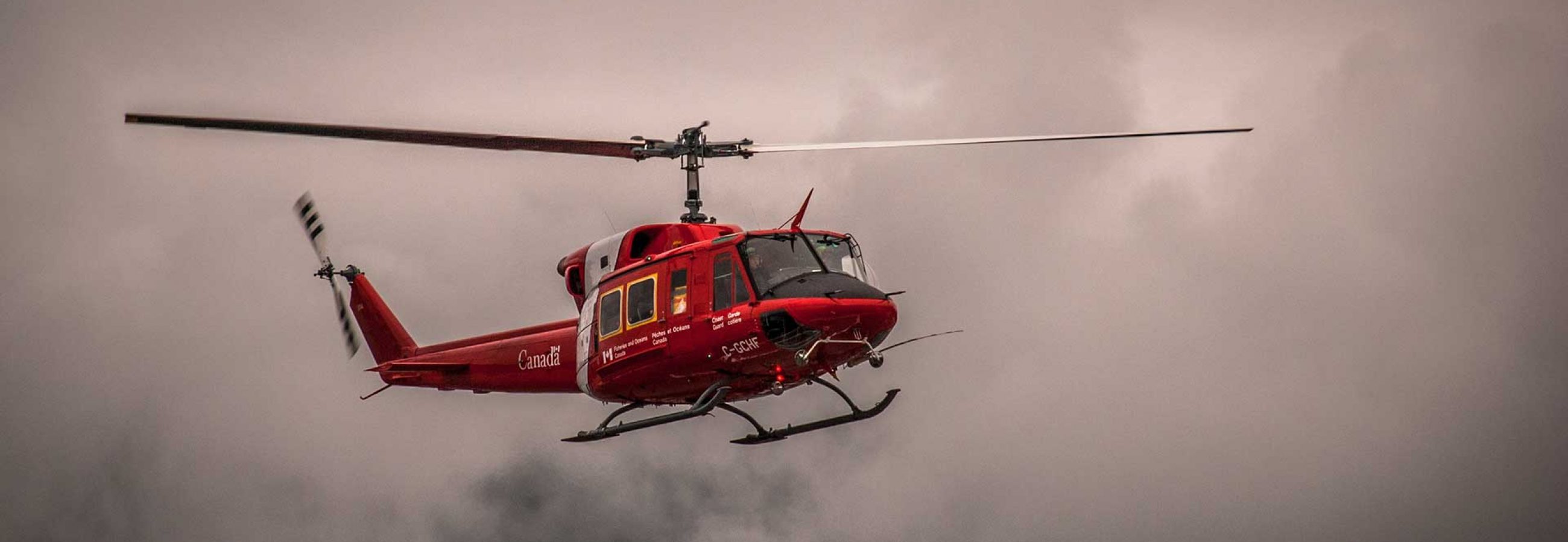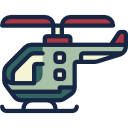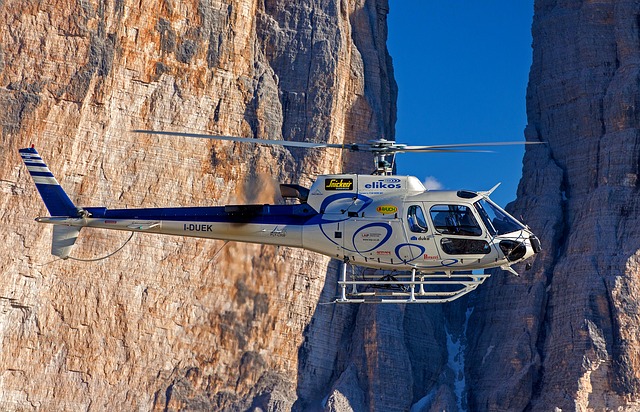The rotor mechanism of a helicopter helps it to have vertical take-off and fly without any complications. This attribute makes choppers a good solution for incidents where there is limited space and hovering is required. Such incidents include accessing remote areas to help people, putting out fires, delivering supplies to secluded mining locations, filming movies, and taking photographs. The military include helicopters in many of their operations and intelligence application.
Flight controls

Three key flight controls are accessible to the pilot: collective pitch, cyclic pitch, tail rotor/ anti-torque pedals. The throttle control attached on the collective pitch helps steer the aircraft. All controls work together to make the aircraft fly smoothly. The foot controls assist innavigating the helicopter in different ways, and alter the tone of the propellers. The frame of the aircraft easily shadows the direction of the rotors.
Key parts of a Helicopter

A helicopter comprises many mechanisms with the fuselage as the key component. It encloses the engines, gearbox, a transmission, which provide power to the main propeller and tail rotor. Some helicopters have a single or two main rotors. Most helicopters have a gas turbine or turboshaft engine that resembles the jet engines of modern airplanes, while a few of the small helicopters have piston engines similar to those in trucks.
Turbine engines produce less vibrations making their operation smoother with a higher reliability, few mechanical complexities, and extremely powerful. For the small helicopters, designers fix the engine horizontally behind and beneath the rotor. Spinning of the blades provides lift to the aircraft. The blade assembly rotates with the help of the rotor mast connected to the engine. To decrease aerodynamic drag, the rotor hub cap handles that.


